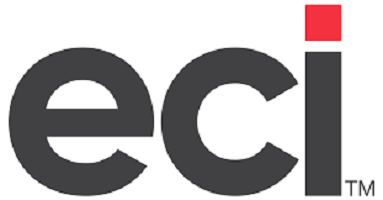
Lego is not your average toy company. If it were, it’d have to face a slowdown that’s been affecting industry majors like Hasbro and Mattel.
The world’s largest toy maker instead said Wednesday that its net profit grew 16 percent in the first half of the year as it gained ground in an otherwise slowing market.
The Danish company said its first-half sales rose 13 percent to 31 billion kroner ($4.6 billion) while net profit rose to 6 billion kroner.
“This growth has been driven by the Lego Group taking a higher share,” chief executive Niels Christiansen said in an interview with AFP.
The results mark Lego’s strongest first half ever and underscore the company’s clout amid an industry downturn. Andersen highlighted that Lego’s accumulated growth over five years was 85% compared to the toy market’s meager 11%.
The group, best known for its plastic bricks and whose name is a contraction of “play well” in Danish (“Leg godt”), launched around 300 new sets during the first half of 2024, while continuing to see higher revenue from franchises such as Star Wars and Harry Potter.
The company also recently announced that it was forming a partnership with Nike to develop products and content together.
Lego is looking to replicate the success of its digital partnership with Epic Games’s Fortnite. As more people turn to forms of “hybrid play,” the company is looking to capitalize on it with the launch of its apps for children, the CEO said during the earnings call.
The Danish family-owned company saw a wave of interest through the pandemic when people were confined to their homes and has managed to build on that success. One key factor driving Lego’s success was its ability to make toys for all age groups and interest levels, from young kids to adult enthusiasts. That’s been the company’s strong suit, in addition to its care for detail and quality.
“This excellent demand was driven by our strong and diverse portfolio,” CFO Andersen said.
Sales rose the strongest in Europe and North America but were slower in China. Still, the company launched 41 new stores globally, including its biggest Southeast Asia location in Jakarta, Indonesia.
“There’s no market in which we’re not investigating for a new store,” Christiansen said during the earnings call.
Lego also celebrated the progress in its sustainability efforts during the first six months of 2024.
It made roughly a third of all the resin used in its bricks through a mix of fossil fuel and renewable or recycled materials, bringing the company one step closer to its 2032 goal of making all of its products from greener sources at no extra cost to consumers. Lego has earmarked $1.4 billion to further this mission in the four years to 2025.
Credit: Source link













